What is Vertical Drain Solutions
Vertical drain solutions are specialized systems designed to handle the drainage needs of various settings, from commercial and industrial spaces to public institutions and private residences. These systems are constructed to remove excess water efficiently, ensuring that areas such as car parks, outdoor spaces, and basements remain dry and safe. They are commonly used in environments where traditional drainage methods, such as surface drains or French drains, are not feasible or effective.
The operation of vertical drain solutions relies on gravity to move water from higher elevations to lower ones. They are typically installed in areas where the terrain naturally slopes downwards, allowing water to flow away from the surface. The design of these systems can vary greatly depending on the specific requirements of the site and the type of soil or ground cover present. For instance, some vertical drain solutions may include perforated pipes or weep holes that collect water from the surrounding soil, while others might feature sump pumps to remove water from basins and pump it to an appropriate discharge point.
Vertical drain solutions serve not only functional purposes but also offer important benefits for the environment and public health. By preventing standing water, these systems help to avoid potential flooding, reduce soil erosion, and minimize the breeding grounds for mosquitoes and other pests. They are also vital in preventing water damage to buildings and infrastructure, which can be costly to repair. With such advantages, vertical drain solutions are an essential component in sustainable urban development and effective water management.
Types of Vertical Drain Solutions
Vertical drain solutions come in various types to cater to different applications and site requirements:
- Plastic Vertical Drainage Systems: These are commonly used in residential and commercial buildings due to their cost-effectiveness and ease of installation. They are lightweight and can be easily handled during construction.
- Concrete Vertical Drainage Systems: Often found in infrastructure projects such as tunnels and subways, these heavy-duty systems require specialized installation but offer long-term durability.
- Stainless Steel Vertical Drainage Systems: These are designed for demanding environments like high-rise buildings or industrial settings where durability and resistance to corrosion are crucial.
- Composite Vertical Drainage Systems: Made from a combination of materials like carbon fiber and steel, composite systems provide high strength and flexibility. They are suitable for high-performance applications like sports venues or specialized industrial facilities.
- PVF Vertical Drainage Systems: Polyvinyl chloride (PVC) or polypropylene (PP) systems are lightweight and easy to install. They're often used in swimming pools and residential buildings for efficient water drainage.
Each system has its own set of common use cases depending on the particular site requirements such as the volume of water to be drained, the nature of the environment (e.g., corrosive chemicals in industrial settings), and the need for customization (e.g., in theme parks or playgrounds).
How to choose Vertical Drain Solutions
Selecting the appropriate vertical drain solution requires careful consideration of several factors that align with specific project needs. Here are some purchase considerations:
-
Drainage Capacity: Assess the volume of water that needs to be drained. For larger-scale projects such as parking lots or highways where extensive water accumulation is expected, opt for high-capacity vertical drain systems.
-
Installation Requirements: Consider the type of installation that is feasible for the project. In cases where onsite installation is preferred or required by local regulations, choosing a system that accommodates this need is crucial.
-
Material Durability: The choice of material (HDPE, PP) should be based on the environmental conditions of the location and the expected lifespan of the drain system. Factors such as UV exposure, temperature extremes, and potential chemical exposure should be taken into account.
-
Design Flexibility: Depending on the design requirements—be it modern aesthetic integration or specific project constraints—select a drain system that offers flexibility in design and function.
-
Maintenance Needs: Consider how easy or difficult it is to maintain the drain system. A system that is easily serviceable may reduce long-term costs by minimizing downtime for repairs.
Businesses purchasing these drains should also take into account factors such as available budget, project timeline, and supplier reliability on Alibaba.com.
About Vertical Drain Solutions on Alibaba.com
Alibaba.com stands out as a comprehensive marketplace that connects businesses worldwide with a vast selection of vertical drain solutions. With an extensive network encompassing numerous suppliers offering products across a wide range of materials and applications, Alibaba.com facilitates finding just the right vertical drain for any commercial need.
Customers can explore various design styles from modern to traditional, ensuring they can source products that align with their specific project requirements. The platform's commitment to easing global trade is evident through its user-friendly interface and features such as Trade Assurance which adds a layer of protection for buyers by ensuring payments are secure until order fulfillment is confirmed.
Alibaba.com's dedication to supporting small and medium-sized businesses is evident through its tailored online trade solutions that help companies grow their operations—no matter where they are in their business journey. By offering an expansive selection of vertical drains with diverse applications in different industries including construction and municipal works, Alibaba.com empowers businesses with the right tools for managing their drainage systems efficiently and effectively.
Common FAQs for Vertical Drain Solutions
What are the main types of Vertical Drain Solutions available for industrial use?
The main types of Vertical Drain Solutions include High Efficiency Vertical Drain (HEVD) systems, Wet and Dry systems, and Anti-Reverse Flow systems. Each system caters to specific industrial applications, from heavy-duty water management to sensitive electronic protection.
How do I determine the right size and capacity for a Vertical Drain Solution?
The size and capacity of a Vertical Drain Solution should be determined by the specific application and the amount of water that needs to be managed. Consider the scope of the area to be drained and the potential for future expansion when selecting the size and capacity.
Are there different materials used in the construction of Vertical Drain Solutions?
Yes, Vertical Drain Solutions can be made from a variety of materials including HDPE, PP, and specialized plastics. The choice of material should be based on the system's durability requirements, environmental conditions, and any specific industry standards.
Can Vertical Drain Solutions be used in both indoor and outdoor applications?
Yes, many Vertical Drain Solutions are designed for both indoor and outdoor applications. The material choice and construction should be suited to the conditions of the installation site, whether it's a parking lot, a park, a hotel, or an office complex.
What is a High Efficiency Vertical Drain solution?
A High Efficiency Vertical Drain (HEVD) solution is engineered to optimize water drainage while using less space. These systems often incorporate advanced technology to reduce energy consumption and minimize environmental impact.
How does a Wet and Dry system differ from a High Efficiency Vertical Drain system?
A Wet system is designed to handle both rainwater and building runoff, while a High Efficiency Vertical Drain System is specifically engineered to handle rainwater and other types of wastewater in a more efficient manner, making it suitable for areas with high rainfall and runoff.
What kind of maintenance do Vertical Drain Solutions require?
Vertical Drain Solutions generally require less maintenance than traditional systems. However, regular inspections are recommended to ensure the system is functioning properly and to identify any issues before they become problems.
Can I install a Vertical Drain Solution myself?
Installation requirements for Vertical Drain Solutions vary depending on their design complexity and the specific system being implemented. Some systems are designed for easy DIY installation, while others may require professional assistance.
Do High Efficiency Vertical Drain Solutions qualify for government rebates or incentives?
High Efficiency Vertical Drain Solutions can often qualify for government rebates or incentives due to their energy-saving design and is eligible for such incentives. However, it is important to verify this with local authorities before installation.
Is it possible to customize the color and style of a Vertical Drain Solution to match my branding?
Many suppliers offer customization options for color and style to align with corporate branding or aesthetic preferences. This may include custom colors for the material or specific design features tailored to your needs.
How do I determine if a specific Vertical Drain Solution meets industry standards?
Check the product specifications or inquire with the supplier about compliance with relevant industry standards. It is often beneficial to request certifications or test reports that confirm the product's performance and reliability.
What are the advantages of using a sump pump with a Vertical Drain Solution?
Using a sump pump with a Vertical Drain Solution allows you to manage water effectively in areas prone to flooding or excess water buildup. They help prevent damage to property and provide peace of mind during heavy rainfall or snowmelt.









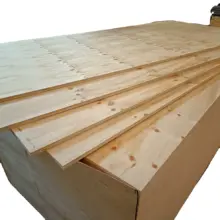
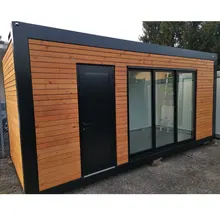
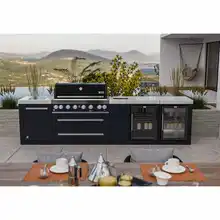


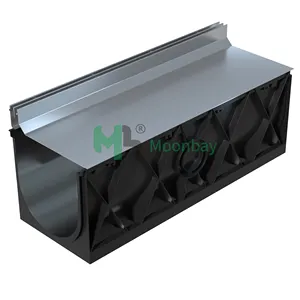


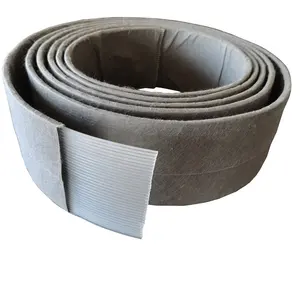
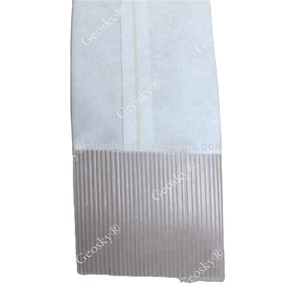
























 浙公网安备 33010002000092号
浙公网安备 33010002000092号 浙B2-20120091-4
浙B2-20120091-4